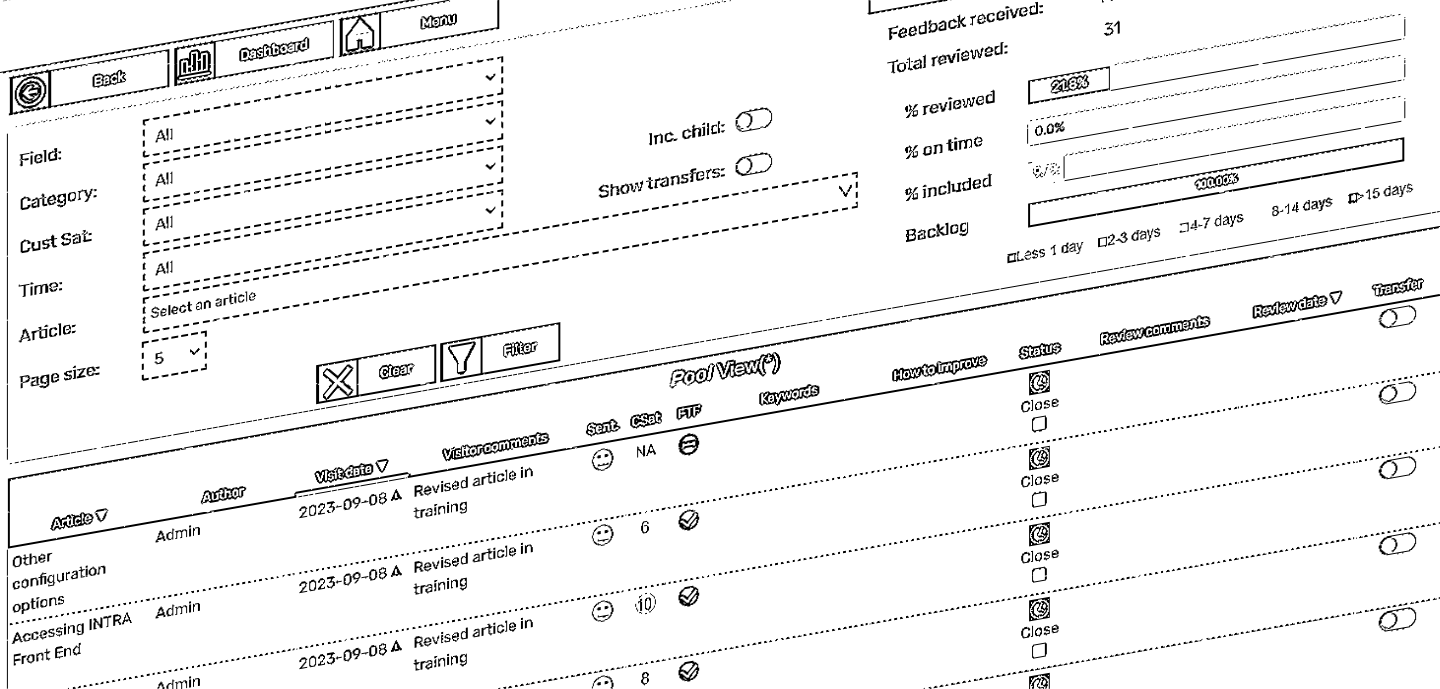Knowledge Management is a strategic approach aimed at improving decision-making and organizational sustainability through the creation, organization, distribution, and effective use of knowledge.
Data, Information & Knowledge
Knowledge is a vital asset for any organization. Just as it is essential to understand that data only becomes information when it is given meaning, it is equally critical to understand that information does not constitute knowledge: transforming information into knowledge requires that it be structured, confronted with real-world use, generate impact (a benefit), and finally, be measurable (its impact must be quantifiable).
Our job, our mission, our expertise is to design solutions tailored to all contributors within an organization — from executives to employees, including department heads. We are committed to providing this ultra-simple and intuitive web service that speaks the language of those who seek effective results without getting lost in technical jargon.
Conceptual Approach
- Knowledge must be part of the corporate strategy — a valuable asset.
- It must be driven by top management.
- It’s not just about tools: it’s a mindset and a way of making decisions.
- Measuring the impact or benefit generated by knowledge is essential.
